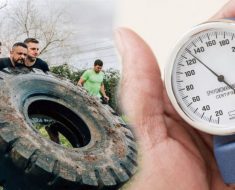Tuberculosis is usually encountered as a disease of the lungs, but in 2 percent of cases in the U.S. it can also be found in the bones. The 9,000-year-old skeletons of some Egyptian mummies show signs of having tuberculosis infection in their bones, a painful condition that leaves the bones looking like they’ve been gnawed.
So it was a weird puzzle when Duke physician Jason Stout M.D. encountered a Wake County TB outbreak in the mid-2000s in which the infection had spread beyond the lungs in six people. “Four out of six were in the bone,” Stout said. “That’s way more than 2 percent.”
The index case, the first person in Raleigh to have this strain of the disease, apparently contracted the bacterium in Vietnam, but he wasn’t feeling very sick and had been working around 400 people in his workplace.
“So it was prolonged exposure in a workplace,” said Stout, a Duke professor of medicine who tracked down and identified seven subsequent infections through contact tracing and health department records.
All eight people were treated with antibiotics and other co-workers received preventative care and then the strange outbreak went away. But the mystery was never really solved. “I’m an epidemiologist and clinical trial specialist and I was left scratching my head,” Stout said.
Until several years later when Stout had a chance conversation with his colleague and TB researcher David Tobin, Ph.D., an associate professor in molecular genetics and microbiology and immunology at Duke.
Source: Read Full Article





